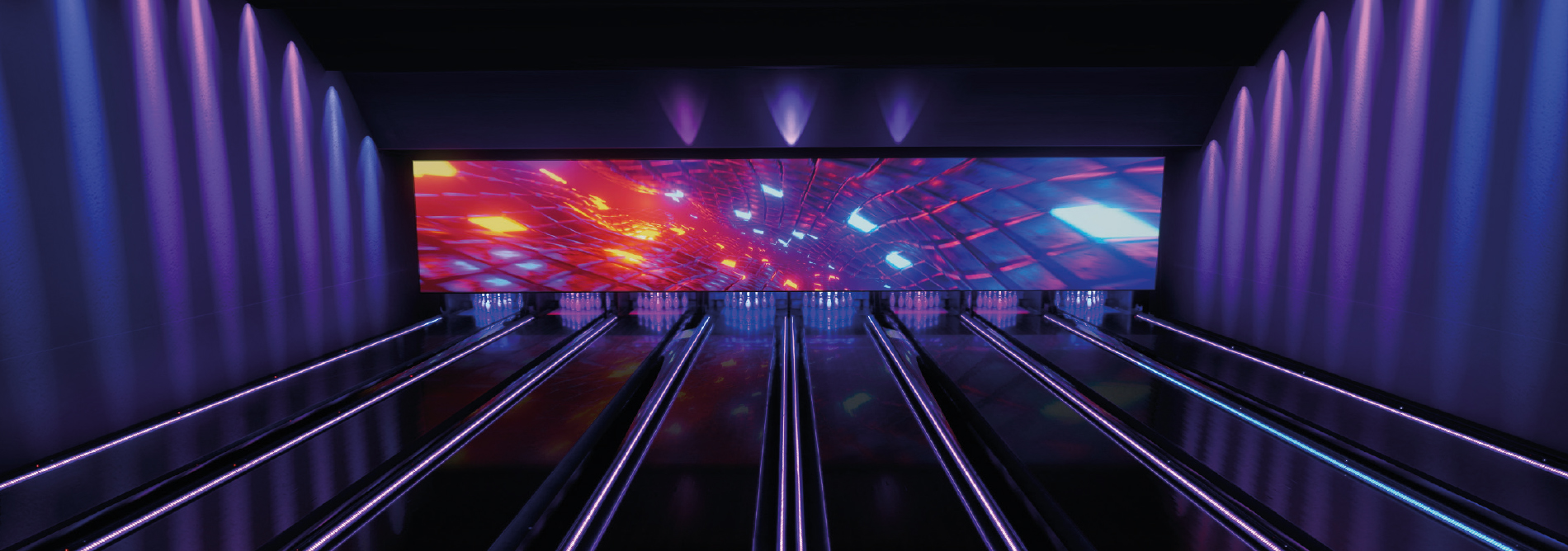Comprehending the Frequent Factors of Light Emitting Diode Screen Panel Breakdown
Wiki Article

LED panel panels are commonly utilized in multiple settings, ranging from advertisements to home cinemas. These panels are favored because they provide bright and dynamic visuals while being energy-efficient. However, similar to all digital gadgets, LED panel panels can encounter failures. Comprehending the common causes of these malfunctions is important for preserving their performance and ensuring durability. This article examines several critical factors that can lead to the failure of LED panel panels.
One of the most common causes of malfunction in LED panel panels is overheating. LED technology generates heat during operation, and if this heat is not properly controlled, it can harm internal components. Poor ventilation or insufficient cooling mechanisms can exacerbate the issue. When the heat increases beyond the suggested levels, it can lead to reduced brightness, color deviation, or total failure of the panel. Regular care, including dusting air openings and ensuring proper airflow, can assist prevent overheating and extend the life of the screen.
Another significant cause leading to LED panel screen malfunction is electricity spikes. Fluctuations in the power supply can cause harm to electronic components within the panel. Sudden spikes in voltage can lead to blown fuses or damaged circuits, resulting in malfunctioning displays. Using surge protectors and voltage regulators can mitigate this threat by normalizing the power supply and safeguarding sensitive digital parts. Making sure that the power infrastructure is custom led video wall for advertising up to code and capable of supporting the electricity needs of the screen is also critical.
External conditions play a crucial role in the performance of LED wall panels. Contact to extreme temperatures, moisture, or debris can adversely impact their functioning. For example, high humidity can lead to moisture buildup inside the panel, which can cause short circuits or corrosion of internal components. Similarly, excessive dust accumulation can block airflow and result to overheating. Placing LED screens in controlled environments and regularly cleaning them can assist preserve optimal functionality and avoid failures.
Additionally, production flaws can result to early malfunctions in LED panel panels. Quality assurance during production is essential to ensure that each screen meets industry standards. Defective components or poor assembly can lead in problems such as dead pixels or irregular brightness. It is important for consumers to buy LED panel screens from reputable manufacturers that provide guarantees and service. This ensures that any potential defects can be addressed quickly, reducing downtime and annoyance.
In conclusion, understanding the common reasons of LED panel panel failure can help users take proactive measures to guarantee their durability and functionality. By addressing overheating, protecting against power spikes, taking into account external conditions, and selecting quality items, consumers can significantly reduce the chance of malfunction. Regular maintenance and awareness of these factors like this will lead to a better experience with LED panel screens, whether for personal or business use.